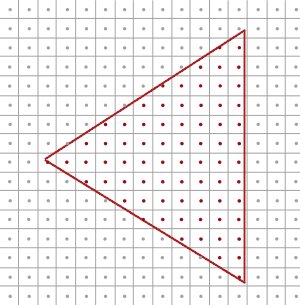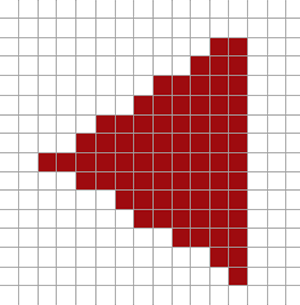I'm not suggesting how this works or anything but could it be just this simple?
Because the mesh data is so detailed each poly could just be represented by colour so no need for a texture.
Effectively the mesh is flattened and stored like a texture somehow.
The texture is resized down to get the desired LOD and un-flattened to get the 3d mesh each poly drawn using the colour either as a polygon if more than 2x2 or a pixel if less than 2x2.
This would only apply to certain mesh types though i.e., not the character.
Because the mesh data is so detailed each poly could just be represented by colour so no need for a texture.
Effectively the mesh is flattened and stored like a texture somehow.
The texture is resized down to get the desired LOD and un-flattened to get the 3d mesh each poly drawn using the colour either as a polygon if more than 2x2 or a pixel if less than 2x2.
This would only apply to certain mesh types though i.e., not the character.




